Chrome experiments, although originally meant to test the abilities of JavaScript, and Google Chrome’s V8 JavaScript engine, quickly evolved into a showcase for some of the most interesting and exciting open source projects based on the internet’s most exciting technologies, such as HTML5, SVG, WebGL etc. As of this writing, there are 1204 chrome experiments demonstrating interesting use cases of these technologies. We have burrowed through a considerable measure of these, and have turned out with 10 of the coolest Chrome Experiments that we think you should experiment with:
[ad type=”square”]1.The Searching Planet
Searching Planet is a Chrome Experiment co-created by Google and The National Museum of Emerging Science and Innovation in Japan, using search data from all over the world. As the name suggests, the experiment displays the top searches made by people in various countries across the world. The chrome experiment allows users to rotate, zoom in and out on a 3D Earth, as it plays a story about the global search trends. There is also a VR version of the experiment available on mobile devices (by using a VR headset, such as Google Cardboard), where the users can fly around the world, and fly to the destinations by controlling their flight using head movements.
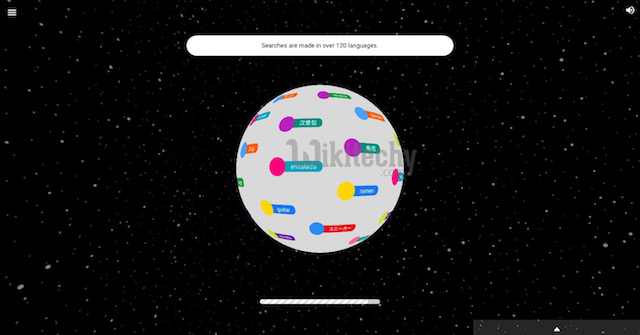
Overall, the experiment might not provide users with anything exceptionally useful, it does give a very interesting view of the way the world searches on Google. The experience itself is fantastic, especially when headphones are connected, making the whole experience more immersive, especially in VR.
2.100,000 Stars:
100,000 Stars is a Chrome Experiment that has been created by The Google Data Arts Team. It is an interactive visualization of nearby stars, and it shows the real location of over 100,000 stars. It also has data of about 87 major named stars around our solar system, and these names can be clicked to view an overlay displaying information about the star, taken from Wikipedia.
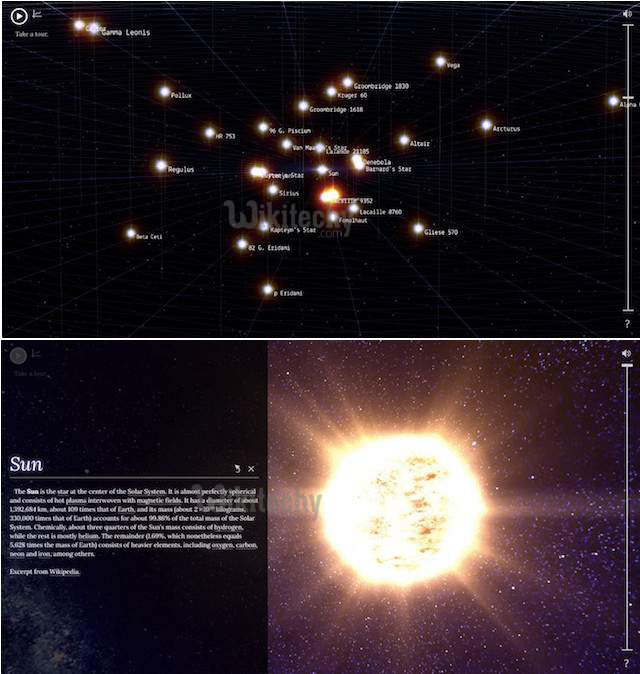
The whole experience is wonderful, and can be zoomed in and out to display the entire Milky Way galaxy. As it is stated in the Experiment’s overview page, the view of the galaxy is an artist’s rendition. Using headphones is recommended, as it will make the experience that much more immersive
3.Kandinsky:
Yet another Google creation, Kandinsky is a part of Google’s Chrome Music Lab: a chrome experiment aimed at teaching kids more about music compositions, harmonics and things related to sound. The Chrome Music Lab contains a lot of experiments aimed at increasing the user’s knowledge in a variety of sound related domains, ranging from music composition, to sound waves and harmonics.
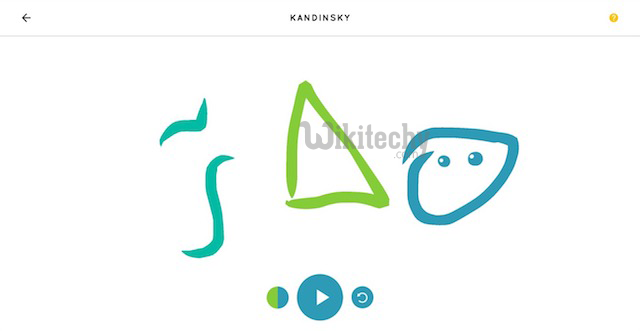
Kandinsky, however, is a somewhat interesting experiment in the Chrome Music Lab. It allows users to draw anything on a canvas, and then on pressing play, it converts the art into music. There are also special symbols that make different sounds, such as circles, which make a sound reminiscent of a trumpet, and triangles, which range from the sound of a, well, triangle, up to the sound of drums, hi-hats and more.
4.Virtual Reality:
Another chrome experiment by the Google Data Arts Team, Virtual Reality is a gallery of VR applications running in Google Chrome. These applications can be played on a mobile device strapped into a VR headset (such as Google Cardboard), and are a fun thing to try out. The experiments are meant for Google Cardboard, but that doesn’t mean that they can’t be viewed using other VR headsets.
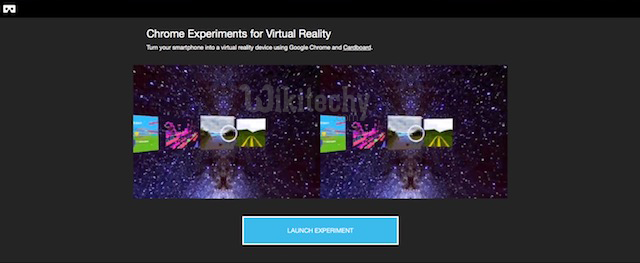
5.3D Periodic Table:
Created by Sarath Saleem, 3D Periodic Table is a Chrome trial that permits clients to see and interface with an occasional table. Likewise, clients can even tap on the component names to get more data about them, and clicking further on “Explore Atom” actually shows a Bohr’s model of the atom, except with the electrons in a 2D plane for simplicity.
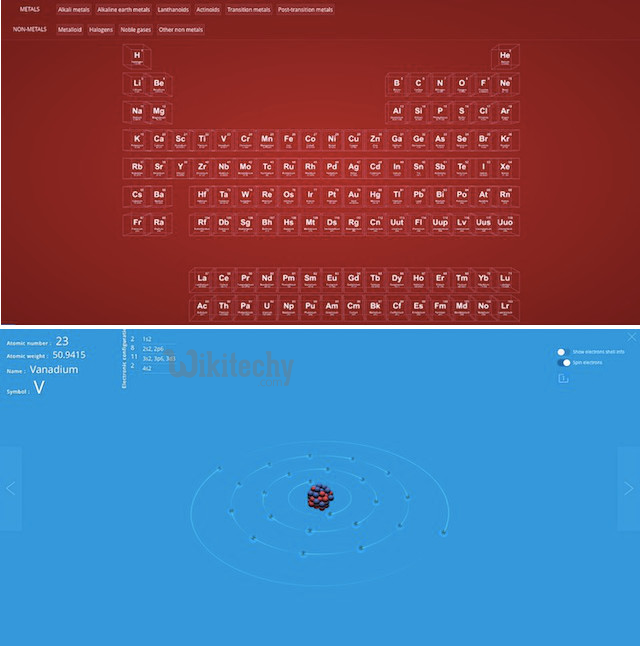
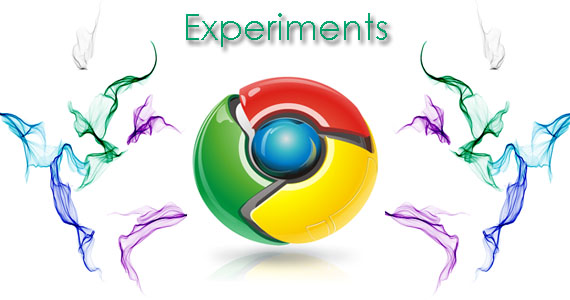
Good article